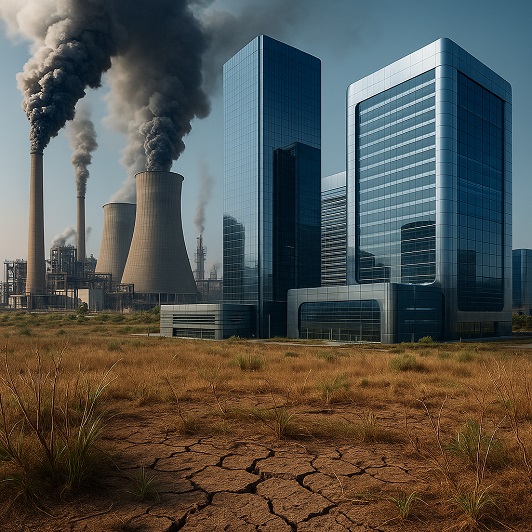
Texas is fast becoming a magnet for technology companies, lured by favorable business conditions. But while economic benefits abound, concerns are rising that this growth is outpacing environmental responsibility.
What’s Fueling the Migration?
Since 2018, Texas has led the nation in corporate headquarters relocations, with over 200 companies—among them Oracle, Tesla, and Hewlett Packard Enterprise—making the move. Key attractions include no state income tax, looser regulations, and more affordable operating costs.
Dallas–Fort Worth is now emerging as a world-class tech hub, supported by a strong university pipeline, expanding infrastructure, and global transport links.
Case in Point: GAF Energy
This October, solar roof manufacturer GAF Energy announced the closure of its San Jose facility and a move to Georgetown, Texas. The decision, which will cut 138 Bay Area jobs, reflects shifting market dynamics—particularly California’s reduced solar incentives and stricter regulations versus Texas’s pro-solar housing boom and deregulated energy landscape.
The Power Equation
Texas’s energy production is unmatched in the U.S., thanks to a mix of gas, wind, and solar generation. Data centers—critical for AI, crypto, and cloud computing—are fueling further demand. ERCOT predicts energy needs will nearly double by 2034, with data centers alone driving half of that surge.
Firms like Cognigy have cited these benefits in their decision to relocate U.S. operations to Texas, underlining the strategic advantage of the state’s flexible grid and developer-friendly energy policies.
Environmental Costs of Growth
Yet, the energy boom comes at a price. Plans are underway for 130 new gas-fired power plants in Texas, potentially adding 115 million metric tons of CO2 annually—comparable to the output of 30 coal plants. Activists are sounding the alarm over accelerated permitting and weaker pollution controls.
Policy Shifts and Federal Influence
President Trump’s latest executive orders are accelerating fossil fuel development, streamlining nuclear licensing, and scaling back renewable support. The Texas Energy Fund, backed by $7.2 billion in loans and grants, explicitly excludes wind and solar from funding eligibility.
The “Trump Energy Campus” Project
Fermi America’s proposed mega-campus near Amarillo blends four nuclear reactors and a massive gas plant to power an 18-million-square-foot data facility. But concerns remain over environmental safety, water usage, and proximity to sensitive ecological zones.
Air and Water: Strained Resources
Gas plants release pollutants that exacerbate respiratory issues. Fourteen of the planned sites are already in non-compliance with federal air-quality standards. Meanwhile, water-intensive data centers threaten to drain limited supplies in drought-prone regions, with little oversight on usage reporting.
A Question of Balance
Texas’s model of low regulation and high energy output is undeniably attractive to tech investors. But critics argue that an overreliance on gas threatens both environmental health and long-term resilience. ERCOT’s leadership stresses the need for a balanced energy mix, including renewables, to safeguard future grid stability.
Why This Matters Internationally
For UK and European businesses connected to U.S. supply chains, Texas’s rise has global implications. Its status as a tech and manufacturing hub will shape the sustainability standards—and expectations—for international partners across the digital economy.
Implications for Your Business
As Texas becomes a proving ground for balancing rapid expansion with sustainability, UK firms have an opportunity to contribute solutions. Whether through efficient cooling systems, renewable integration, or clean technology consulting, the demand for sustainable infrastructure is growing.
The broader message: economic momentum must be matched with responsible planning. How Texas navigates this transition will influence not only U.S. industrial strategy but also how global tech ecosystems adapt to the dual imperatives of growth and climate responsibility.




